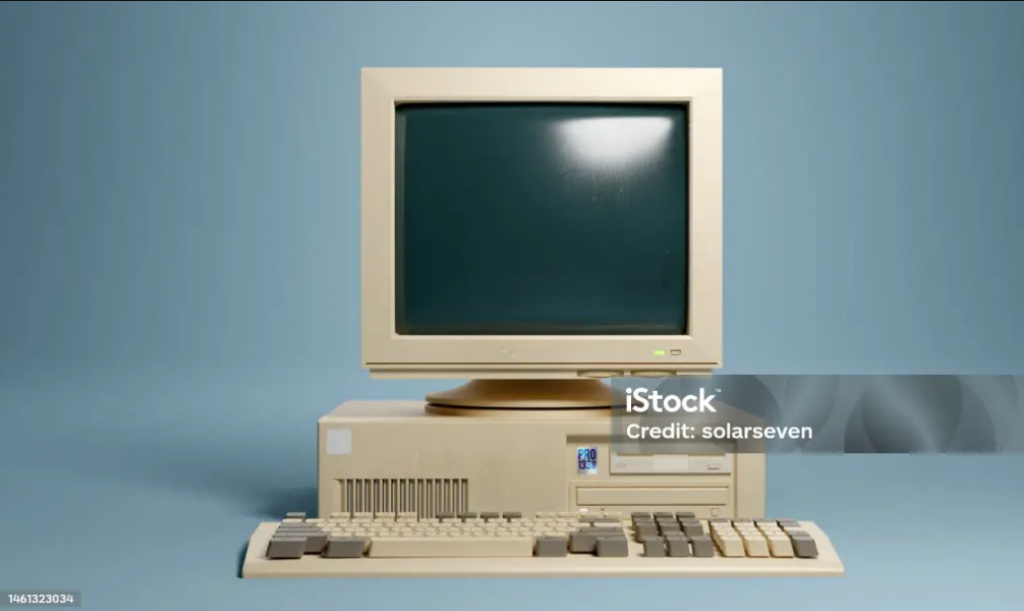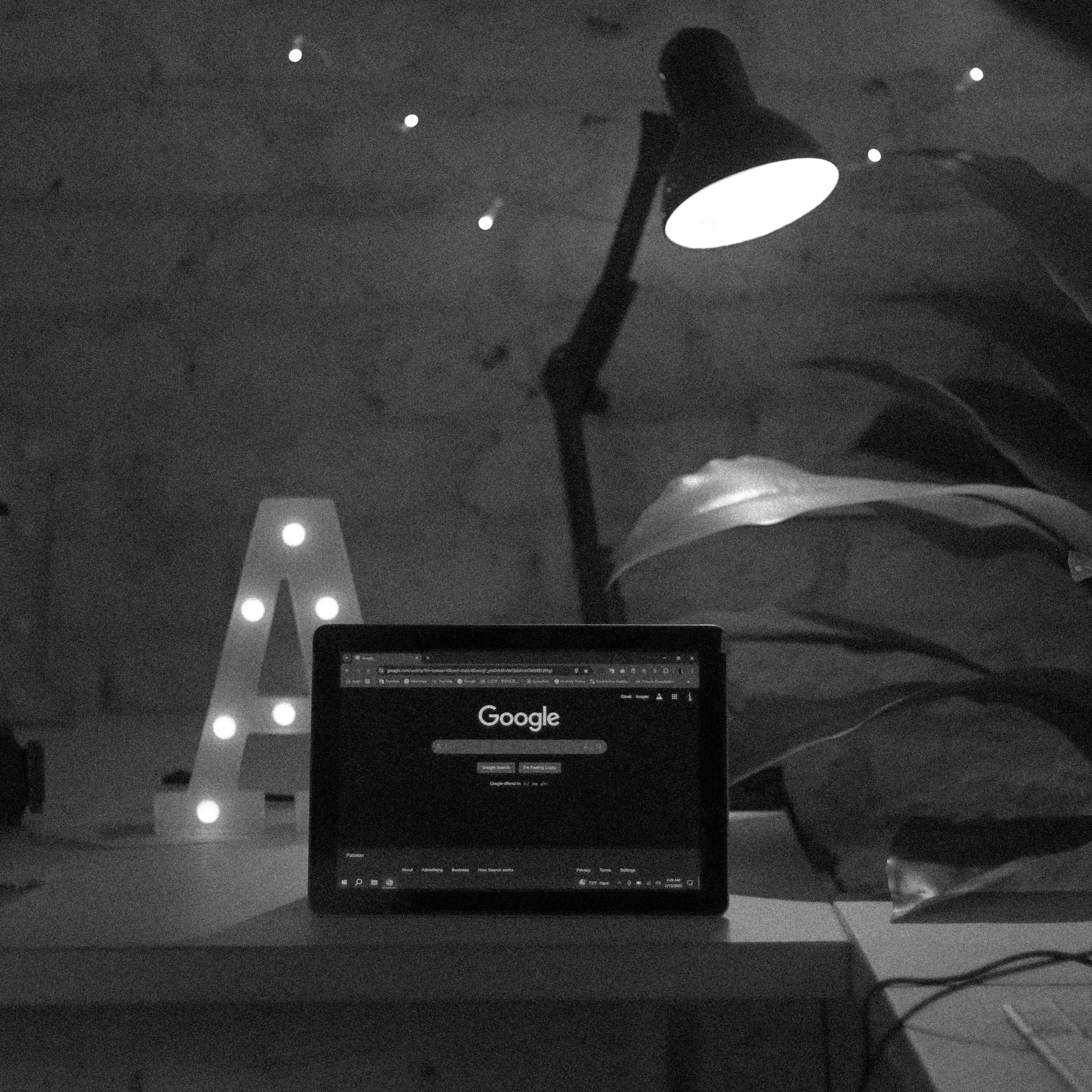When I sort old photos, I always stop at one picture: my dad at a beige desktop, eyes on the screen; two-year-old me on the chair next to him, staring at the glow.

Retro 90s Beige Home PC Computer
That computer came into our home around 2000. It hummed when it turned on. Most evenings my dad sat there. I didn’t know what he was doing. I just remember the mouse clicks and the soft tap of the keyboard. The screen lit his face. I watched from the side.
When I was five, I finally touched the mouse. My dad put me on his lap and moved my hand. “See? The arrow follows you.” The cursor slid across the screen. I shouted. It felt like a small trick, but it was real.
One time I clicked the wrong things and messed something up. I froze, ready to cry. My dad didn’t get angry. He showed me how to start again. That was my first lesson from a computer: you can try, fail, and redo.

photo by Arif Zack (@arif_photography)
The computer also changed our evenings. New house habits appeared without anyone naming them: don’t touch the mouse when someone is using it; sit back from the screen; keep the room quiet; after dinner is “computer time.” Looking back, this is how technology really enters a home—not as a big idea, but as tiny routines that move chairs, change schedules, and shape how we talk.
I also learned about attention. The same screen that brings the faraway close can also carry daytime worries into the night. It is useful, but only when I decide how much of me it gets.
What stayed was not a tip or a trick, but a quieter way to be around a screen. I keep that photo on my phone. Some nights the glow from my laptop hits my face the same way, and I catch myself smiling. It’s not nostalgia; it’s a reminder that the quiet around a screen can be gentle if I let it.
Years later, the same feeling kept coming back in new rooms. In middle school, I lost a whole slideshow the night before a class talk. The file closed, and for a second I felt that old panic. Then I opened a new one and rebuilt it from memory. It wasn’t perfect, but it worked. When I sat down the next morning, my hands were steady. “You can redo,” I heard in my head, and it was enough.
In high school I got my first phone and, for a while, the phone won. I scrolled past midnight and woke up tired. One evening I put the phone face down and wrote on paper for fifteen minutes, just to see if I could. The room went still the way it used to when my dad worked at the desk. I didn’t turn that into a rule; I just kept repeating the small choice on nights that needed it.
At university, during a group project meltdown, we thought we had ruined our draft. But we traced what we had, made a clean copy, and built again. No big speeches, just that early rhythm: begin, adjust, continue. We finished on time. Later, when I visited home, I pressed the button on the old computer out of habit. It stayed silent, and i guess i just missed my childhood.

Photo by by Ali Pli
Writing this piece helped me see my early computer memory as more than a personal story. It reflects what Silverstone (1994) describes as the quiet ways technology becomes part of everyday life—through routines, shared spaces, and the habits we build around it. Looking back, I also recognize the beginnings of my digital life: learning to experiment, make mistakes, and try again. Revisiting these moments showed me how my relationship with digital media has grown but kept the same underlying rhythm. The glow of a screen, once on my father’s face and now on mine, reminds me that technology shapes us gently and continuously, often long before we realize it.


Recent Comments